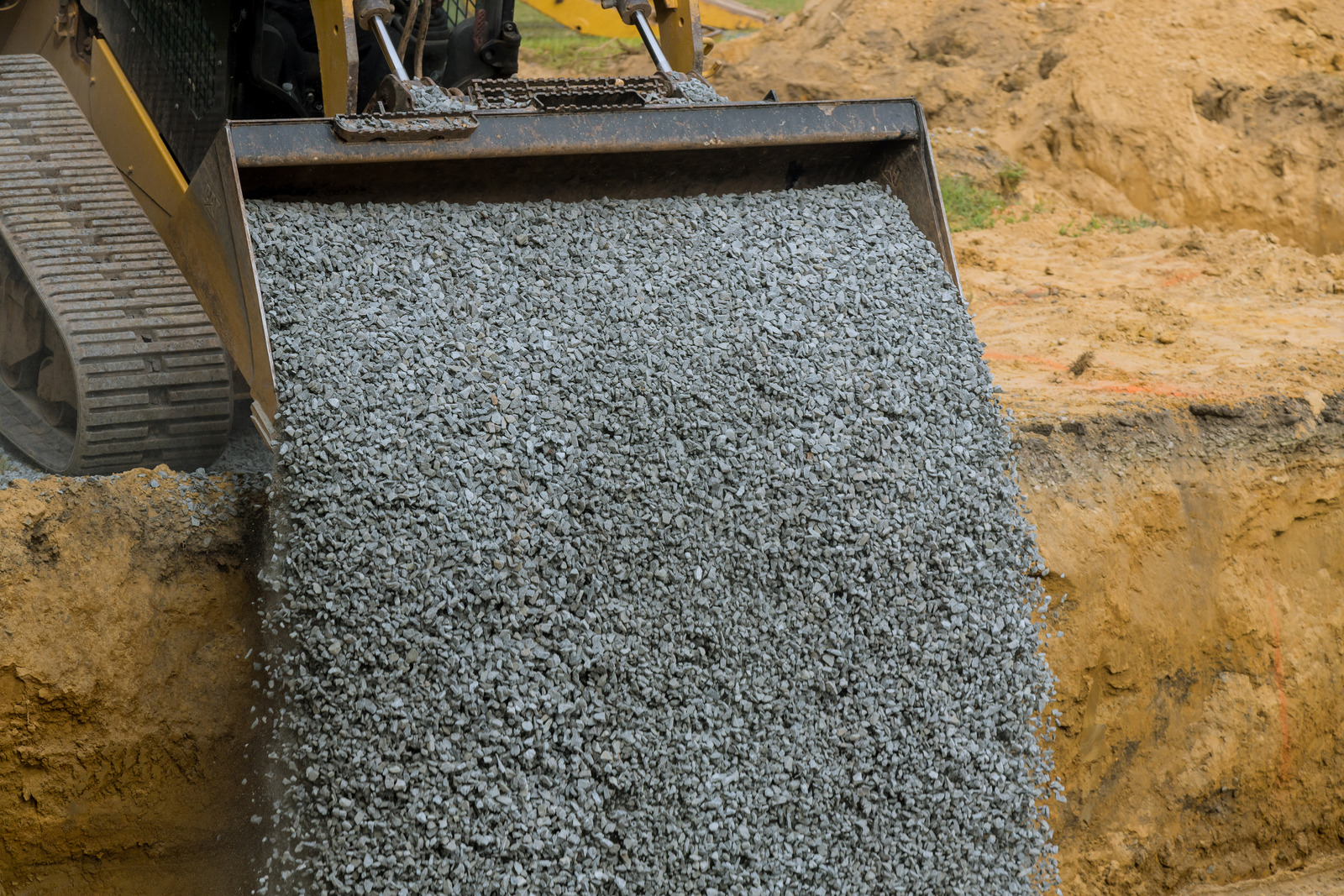Top Tips For Backfilling After Excavation

Backfilling after the excavation and operations have concluded is an important project phase that is sometimes rushed or left to undertrained team members. It is vital to get this phase correct as it is, literally, the foundation for whatever happens on the surface above that area.
Today, we share tips on backfilling.
What is Backfilling?
Backfilling is the returning of previously excavated soil and/or the addition of new soil if the quality is being enhanced for landscaping or geological reasons. Trenches are the most common areas where backfilling occurs after a mechanical or manual labour excavation.
Good backfilling will stop the trench or excavation site from settling, subsiding, shifting, or eroding.
Not everyone understands the importance of the physics behind backfilling, nor knows the different ways to achieve a good backfill.
How is a Good Backfill Achieved?
Backfill is not simply shovelling soil into a hole, it requires different resources. The different methodologies that can be used are:
Filling
Some excavations are prepared to receive new material, like cement slurry. The low-viscosity concrete mix is decanted or pumped into the excavated area from mixer trucks or mobile batch plants.
Compacting
This methodology involves the return of the pre-existing soil or alternative grade new soil to the excavated area followed by compaction, which uses applied force to remove air voids.
For confined areas, use rammers on cohesive or clay soils, or plate compactors on sand and soils with gravelly aggregate.
A trench compactor is the right choice for trenches with cohesive soils or areas next to existing structures.
Dumping
This means you refill the excavated area with granular aggregate, but do not compact it. While government agencies do not usually have this specification, some engineers support it while others only support it if the trench or area is pre-lined with a geotextile. The geotextile prevents neighbouring soil from moving in and filling the voids, thereby causing the collapse of those neighbouring areas.
Jetting
With water shortage becoming a global crisis, this methodology is favoured less and less. It involves spraying the excavated area with jets of water under high pressure to compact the soil.
What Backfill Material Can You Use?
The material choice is linked to the methodology you have chosen. Therefore, your materials will be:
Uncompacted Soil
Pre-existing or alternative grade soil followed by regrading.
Compacted Soil
Pre-existing or alternative-grade soil that is compacted into the trench layer by layer.
Compacted Stone
Large aggregate and stones that are compacted into the trench. This is usually done in paving projects.
Controlled Density Fill
Filling the area with a material that doesn’t need compacting, e.g. low-viscosity concrete pre-mixes. This is usually specified for narrow or high-traffic areas or building footings.
How to Do Backfilling
Each project will have backfilling specifications from the project engineer, but general compaction will specify even layers of 6 inches high, being compacted layer by layer.
For more information on excavation and appropriate backfilling, give our technical team a call today!

